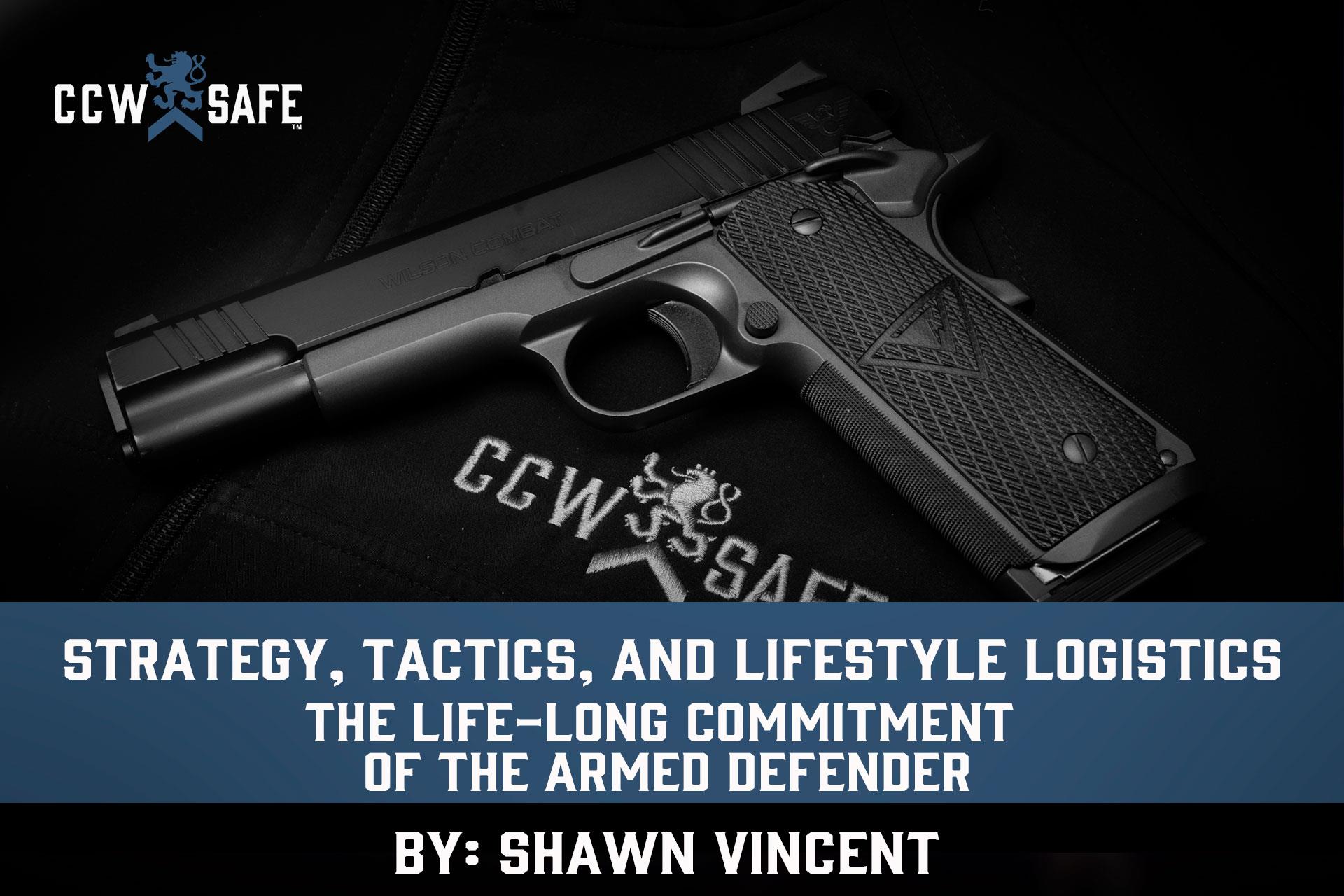
Posted on November 20, 2020
Strategy, Tactics, and Lifestyle Logistics
Strategy, Tactics, and Lifestyle Logistics
The life-long commitment of the armed defender
Firearms instructor Tatiana Whitlock became interested in guns and self-defense when she found herself a single mother living alone in a house in the woods of Maine with two small children. Claude Werner, a veteran Army Captain known as the “Tactical Professor,” has studied firearms and self-defense for 50 years.
“I encourage people not to think that just because they bought a gun, they solved the problem,” Claude says. The “problem” he refers to is how to defend against an attacker or an intruder.
Tatiana refers to self-defense scenarios as “problems” as well, and like Claude, she insists that purchasing a firearm is only one part of the solution. She coined the term “lifestyle logistics” to describe “what it means to apply this object to the problems you may need to solve in your daily life.” It is about more than developing a tactical understanding of how to handle a firearm; it’s about building a self-defense mindset that allows an armed defender to safely incorporate a weapon into his or her life.
“In many cases in the firearms training industry,” Claude says, “we put the cart before the horse. We start telling people about the tools without really talking in depth about what our end goals ought to be, and what we are trying to accomplish by having the tools in the first place.” Claude makes a distinction between tactics and strategy. Tactics refers to the actions, movements and tools to achieve our self-defense goals. Strategy refers more to building a mindset around what our goals really are for being an armed defender.
I recently had the opportunity to speak with Tatiana Whitlock and Claude Werner for the In Self-Defense podcast, and I was struck that both a single mother and a veteran Army Captain — two people with very different life journeys — arrived at such similar conclusions about how to approach incorporating firearms into their self-defense lifestyle.
Tatiana and Claude agree that avoidance and de-escalation are central to a responsible self-defense mindset. Both are evangelical about the value of including OC spray in the self-defense toolkit. And both feel that many defenders get into trouble when they are unable to distinguish between force and deadly force when they are on the receiving end of an attack.
In the coming weeks, we’ll explore all of these self-defense themes in-depth, but for today, the lesson for concealed carriers and armed defenders is that the decision to own a firearm for self-defense is not a decision you make once, but it’s a choice you affirm everyday, and it requires a life-long commitment to learning and training.
Tatiana says being a responsible armed citizen is “not an insurmountable task, but it is definitely something that’s going to take a level of commitment, dedication, and it’s not a pursuit that ever has a formal conclusion. You’re never really done with this experience of learning and making sure you are prepared.”
Claude says owning a firearm “is just the beginning of a journey, and I would encourage people to continue on that journey.”
 |
SHAWN VINCENT- LITIGATION CONSULTANTShawn Vincent is a litigation consultant who helps select juries in self-defense cases, and he manages public interest of high-profile legal matters. If you have any questions for Shawn, or would like more articles like this, let us know belo |